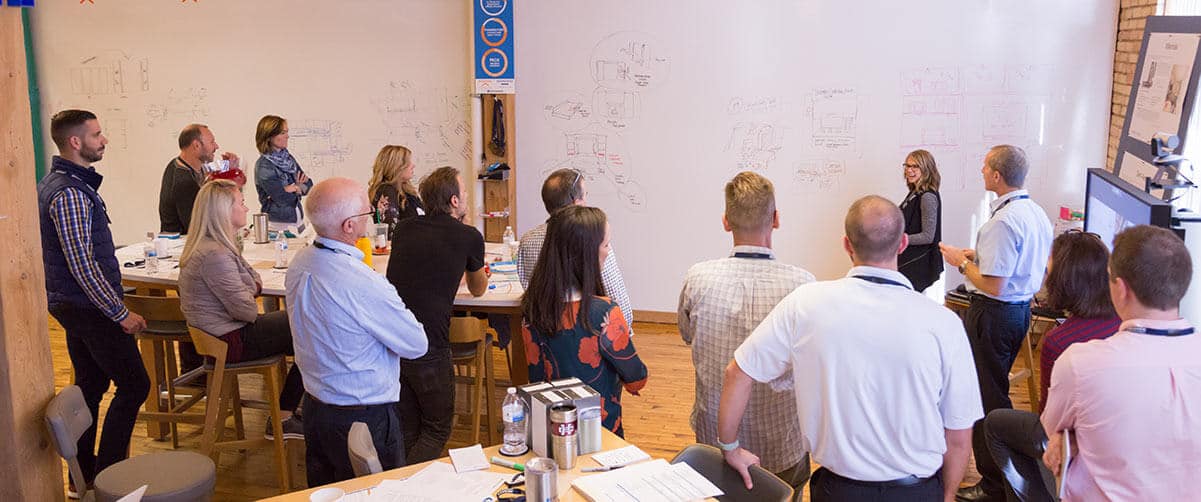3 Ways to Innovate Smarter and Faster
August 20, 2018


Written By:
Laura Anthony | Content Design Manager
Todd Kauranen | Industrial Designer

The pace of innovation can make your head spin. Just a little over a decade ago no one owned a smart phone. Only forty years ago—no one owned a computer. Today, over 60% of Americans are glued to some type of screen. Even colleges struggle to put together curriculums for careers that are coming. It’s hard to keep up, and the pace is only going to get faster. What is your approach to innovation? How effective is your process? We would like to discuss three proven ways to accelerate your speed and success in the market: 1) build the right team, 2) learn how to fail fast, and 3) nurture a culture of innovation.
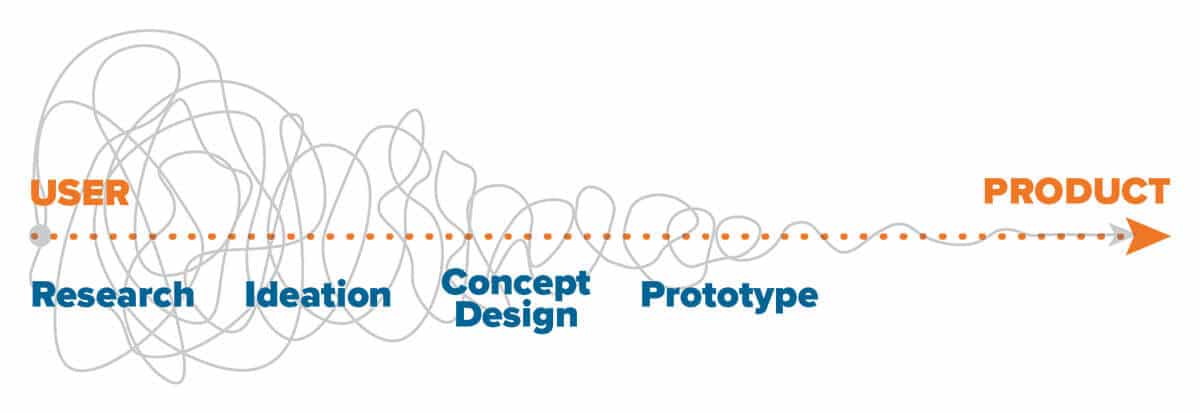
DISHER loves to help organizations with the fuzzy front end of product development.
Build the Right Team
Putting the right team of thought leaders together is key to boosting your innovation speed and success. Stimulus is always needed to evaluate such things as brand heritage, product development, trends, materials, technology, and manufacturability. Innovation teams work best when comprised of cross-industry, cross-functional expertise. This type of team will spark diversity of thought, creative stimulus, and collaborative problem-solving where ideas are built upon ideas and merged to form even stronger ideas. Too often organizations get tunnel vision with their own internal expertise. Outside knowledge, experience, and benchmarking from multiple industries, disciplines, and worldviews brings a fresh approach and cross-pollinated thinking to a project— and potentially even change its direction.
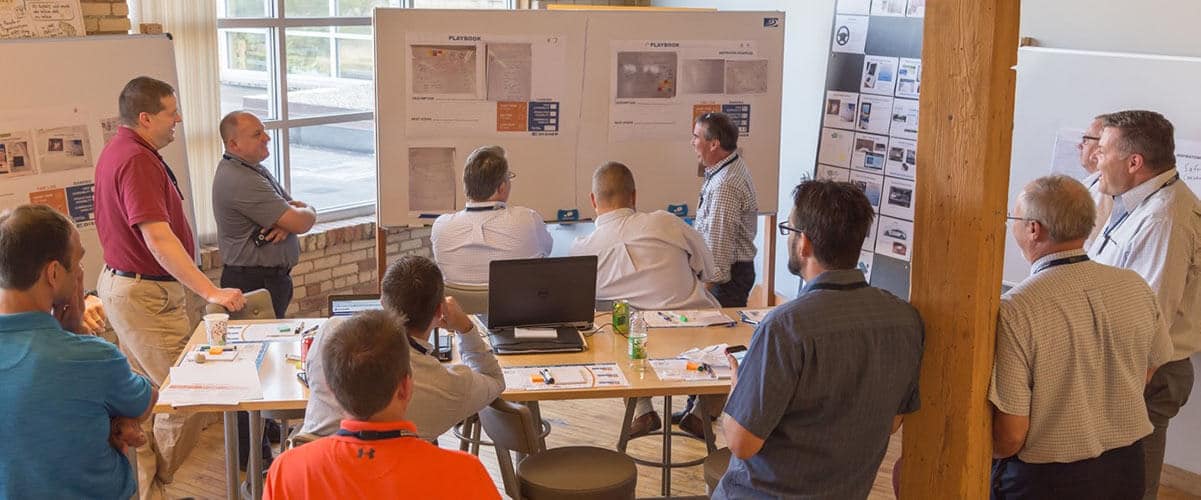
DISHER’s Innovation Workshops™ have help organizations create and vet the best ideas.
At DISHER, we lead Innovation Workshops™ for organizations. We intentionally bring together subject matter experts, creative leads, and certified facilitators to create and vet the best ideas. Our research teams gather hard, end-user data that drives the voice of the consumer throughout the design process. In the near future, I imagine a software resource that provides assumption on trajectory of form, shape textures, color, and more will be utilized to form a basis of direction. The pace of product development would multiply even more.
Learn to Fail, Fast, Forward
A key principle that encourages a faster path to market for innovative products and services is learning how to fail, fast, forward. In essence, it is making mistakes fast, learning from them, and moving forward with something better. Some even say that failing fast is the essence of innovation. As Tesla and PayPal founder Elon Musk states, “If things are not failing, you are not innovating enough.” Failing brings you closer to the objective and confirms what you do and do not want. If a company doesn’t learn how to fail fast— it can be costly.
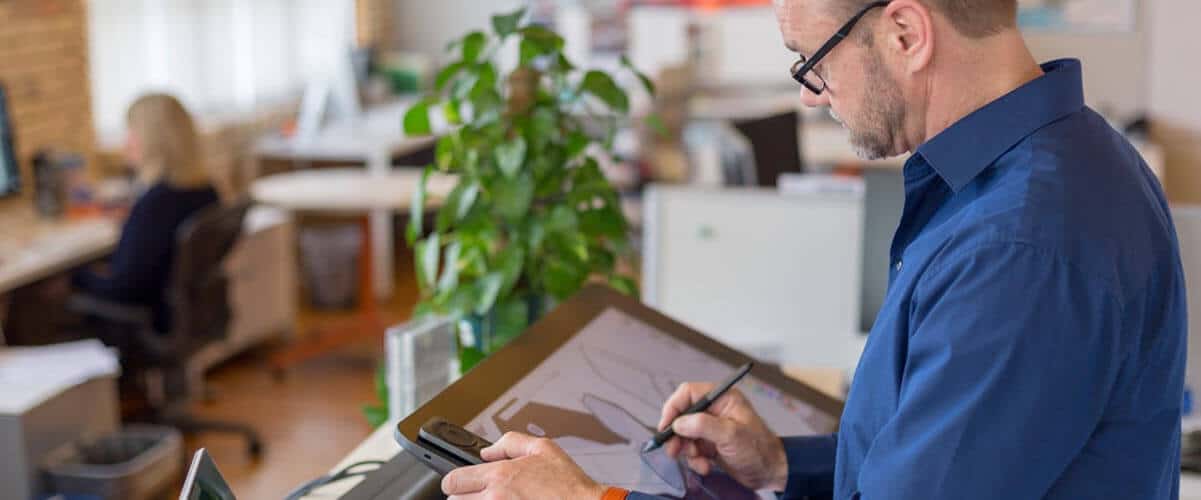
Augmented Reality is one efficient method for helping confirm the direction of an idea.
I know firsthand just how costly the product development process can be. When I worked in the automotive industry, often the decision to take a new design concept and turn it into a production-representative prototype was made based on the opinion of a select few. My team would get the nod to create a presentation prototype that would cost hundreds of thousands of dollars. The prototypes were shown (along with competitor products) to a focus group. The company would cycle two hundred people through a focus group over multiple days at considerable expense. Our research firm or internal team would tabulate the data costing more time and money. And after all of this expense, the OEM came to the realization that their model-year product they had hoped would meet customer demands was dying off.
There is a better way. The sooner an organization can confirm and validate the direction of a vetted idea— the quicker the product or service can reach the market. When it comes to taking the cost and time out of this process, it only makes sense to fail as fast as you can to lead you down the right path. Here are a few efficient and effective ways to gather user feedback to make decisions.
Tools for Agile Product Development
1. Reduce the number of focus-group participants to a dozen
2. Meet users where they are
3. Create lower-fidelity, 3D prototypes
4. Use Augmented Reality (AR)
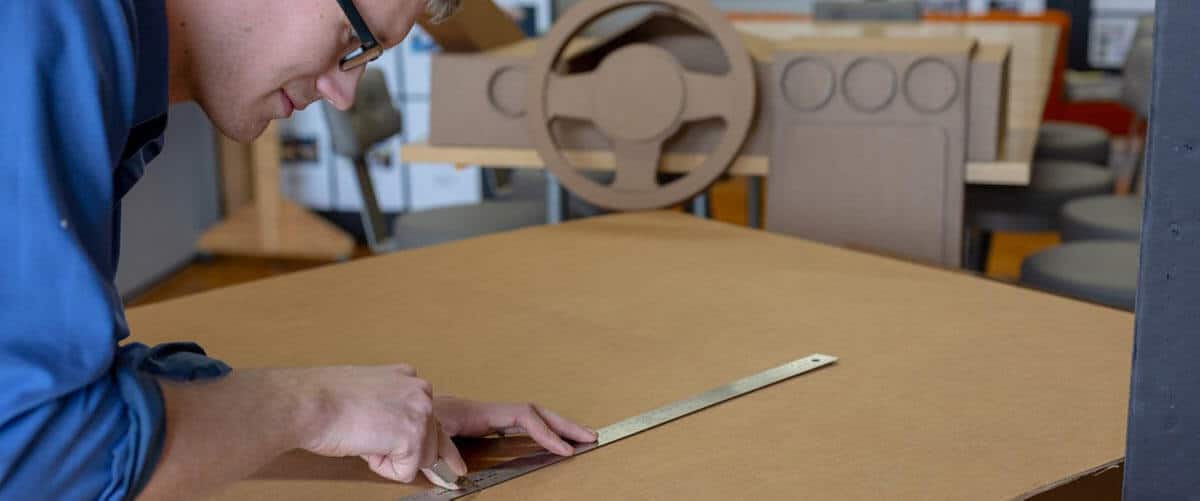
Rapid, low-fidelity prototyping is a quick, easy, and low-cost way to bring concepts to life.
Someone once said, “Never go to a meeting without a prototype!” The creative use of tape, paper, and carboard is sometimes all you need. Low-fidelity prototyping is a quick, cost-effective way to clarify concepts and gather timely feedback to continue to iterate. The benefit to failing as fast as you can is that it pushes the product further to viability even in a low-fidelity state. If you are not failing faster than your competition, you’re losing the game.
Low-fidelity prototypes can often be supplemented with Augmented Reality (AR). AR allows you to rapidly change materials, colors, and sizes for each viewer. Computer-generated images and animations provide help with spacial relationships, context, and a multi-sensory experience. We have incorporated this fail-fast technique with multiple customers from a variety of industries. It has generated quick, useful feedback for continuous improvement and innovation. It is an agile process that has generated great solutions for our customers.
Nurture A Culture of Innovation
Having a culture where innovation is valued is a hallmark of companies who innovate well. DISHER is a great example of what an innovative environment looks like. At DISHER, we acknowledge and reward innovative thinking. Innovation is so important that it is one of our 12 core culture characteristics. We encourage team members to develop creative ideas and actually give a monetary bonus to prototype those ideas. DISHER even has an entire space dedicated for ideation, collaboration, and decision making. It is called our Whiteboard Room. It is by far the most used space at DISHER. To elevate innovative collaboration, our certified facilitators always begin our ideation sessions with a proven process, role definition, and boosters and boundaries for participant behavior. A culture of innovation will nurture fresh ideas and foster a continuous improvement mindset with your team members.
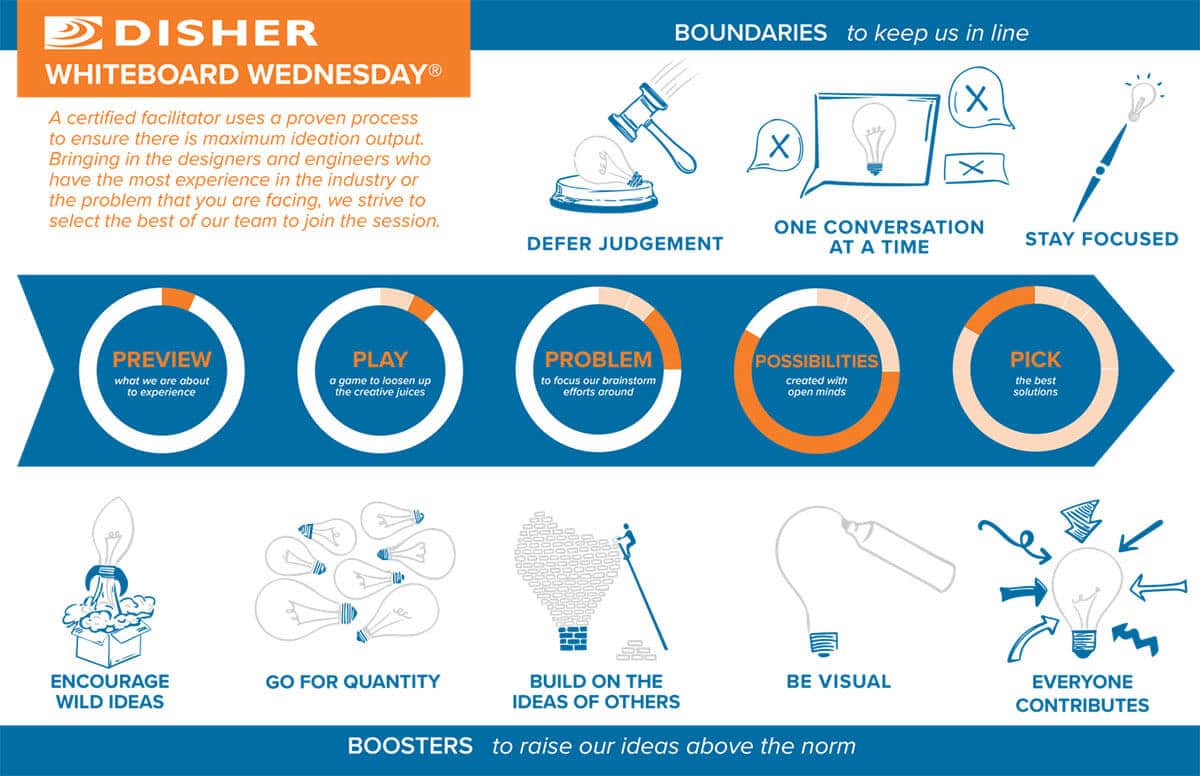
Innovation teams need boundaries and boosters for great ideation to occur.
Product development’s pace is controllable within your organization, but it is relentless outside of it— so get innovating! Let us know how we can come alongside your organization innovate smarter and faster. DISHER offers a variety of innovation tools and services including: research, ideation, design, prototyping, and engineering. DISHER’s Innovation Workshops™ help companies with new product, feature, or service development in an efficient and effective way.
Written By: Todd Kauranen with Laura Anthony | Industrial Designer and Graphic Designer & Copywriter
Todd’s sweet spot is working on the conceptual, fuzzy, front-end of world-class products. With over 33 years of product development experience, Todd’s a wonderful resource. Todd studied clay modeling & drafting at Walpro Technical and has a BFA in Industrial Design from The College for Creative Studies. Camping with family in his vintage Airstream trailer is Todd’s favorite pastime along with building custom furniture, sculpture, and cooking.
Laura brings over 20 years of creative marketing experience as a business owner and employee. She has a BA in Business – Marketing/Management from Cedarville University and an MBA from Western Michigan University. She is passionate about developing useful communication tools that help others to succeed. Time with family/friends, long walks, art, sports, and summer are a few of her favorite things.

